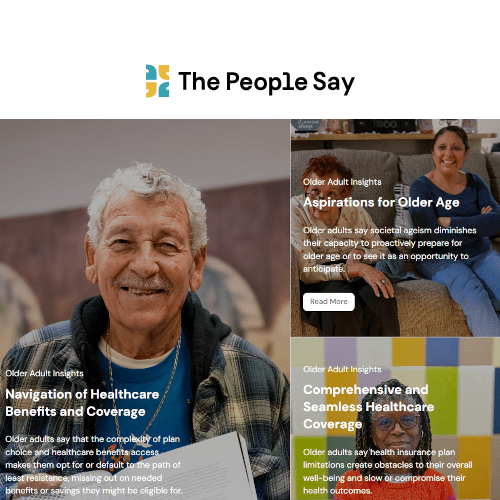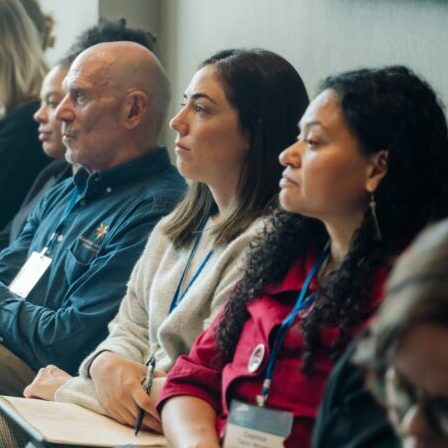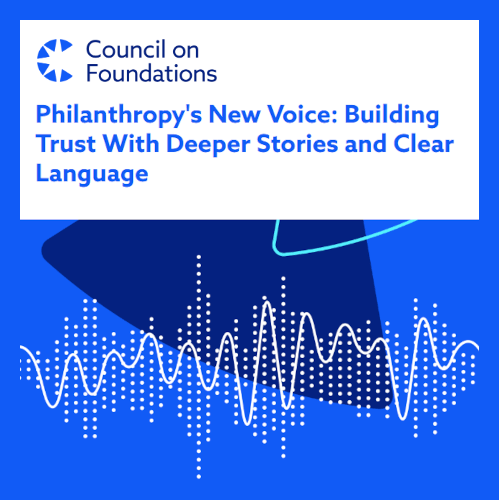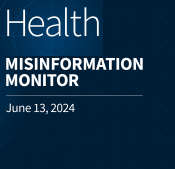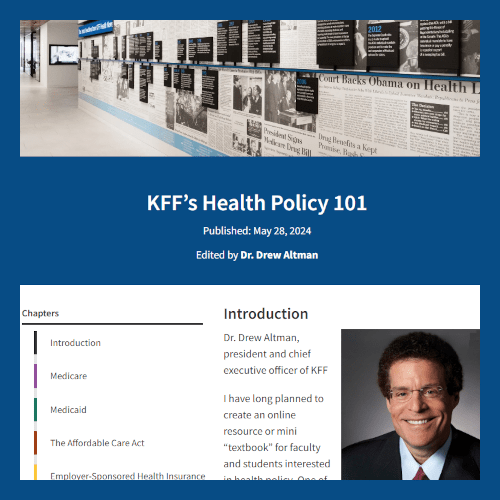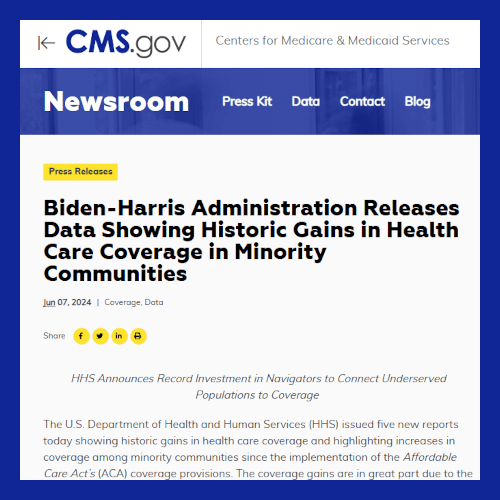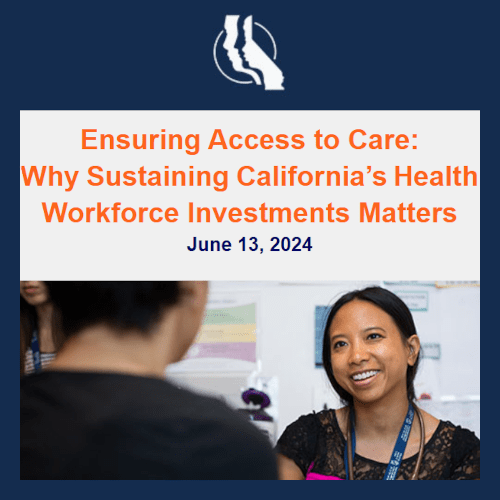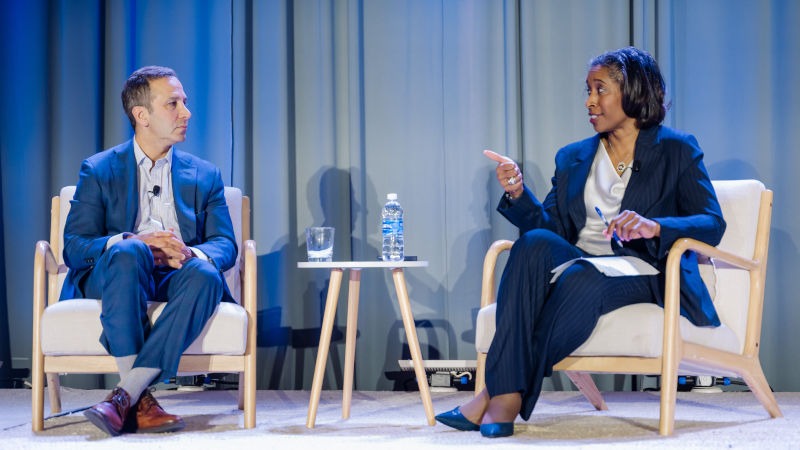The People Say: A New Older Adult and Caregiver Policy and Research Tool
An online research hub features first-hand insights from older adults and caregivers on the issues most important to them, as well as feedback from experts on policies affecting older adults. The project particularly focuses on the experiences of communities often under-consulted in policymaking, including older adults of color, those who are low income, and/or those who live in rural areas where healthcare isn’t easily accessible.
2024 Call for GIH Board Nominations
Grantmakers In Health, an educational organization serving staff, executives, and trustees of foundations and corporate giving programs working in the health field, is seeking nominations for its board of directors for terms beginning in March 2025.
2024 GIH Annual Conference Attendees Share Their Takeaways
It’s been a month since the 2024 Grantmakers In Health (GIH) Annual Conference on Health Philanthropy, Bold Results Through Courageous Action, and we are excited to report that several attendees have written about their learnings from Portland: GIH meetings and events give important insights into grantmaking and how investments can lead to more equitable health…
Philanthropy’s New Voice: Building Trust With Deeper Stories and Clear Language
The Council on Foundation’s report offers science-backed strategies for foundations to build understanding and trust, starting with the words they use and the stories they tell.
The Health Misinformation Monitor – Edition 1
KFF’s Health Misinformation Monitor will be released every two weeks, and will detail recent developments and research on health misinformation.
KFF Introduces Health Policy 101—A Primer on U.S. Health Policy
KFF launched a new resource —the Health Policy 101 — an online resource or mini “textbook” about health policy for faculty and students. Drew Altman felt the need for a resource like this ages ago, when he was at MIT writing a book on health care regulation and needed a reference with real detail on public programs and health costs. It took a while to produce it but now it’s ready!
CMS Announces an $500 Million Funding Opportunity to Increase ACA Outreach and Enrollment Efforts
Centers for Medicare & Medicaid Services (CMS) announced the availability of $500 million in grants over the next five years to increase the number of organizations who help people enroll in health coverage through the Federally-Facilitated Marketplace (FFM) on HealthCare.gov. This is the largest funding allocation CMS has made available for Navigator grants to date.
Ensuring Access to Care: Why Sustaining California’s Health Workforce Investments Matters
California’s shortage of health workers threatens people’s ability to access the care they need to live healthy lives. In response, state policymakers have taken significant steps over the past five years to expand and diversify the health workforce by funding various programs to recruit, educate, train, and retain health workers. However, as the state deals with substantial budget challenges, it is critical that these investments be sustained.
Day 3 – Looking Ahead: A Year of Bold Action
The final day of the 2024 GIH Annual Conference on Health Philanthropy doubled down on a theme we’ve seen throughout our time in Portland. Even if you fund a specific program or issue area, your philanthropy has broader and more profound impacts. Throughout the conference, attendees were encouraged to approach their philanthropy in innovative and new ways. We are excited to hear about your courageous steps to widen your viewpoints, advocacy, and philanthropy in the weeks and months ahead.
Day 2 – Learning from Philanthropy’s Courageous Leaders
On Day 2 of the GIH Annual Conference on Health Philanthropy, the sun emerged and highlighted Portland’s natural beauty. Attendees kicked off this warm summer day with a power walk, networking breakfasts, breakout sessions, and quick takes before the annual Terrance Keenan and Andy Hyman Awards Plenary Luncheon, which honored two incredible leaders in health philanthropy and equity.

